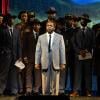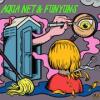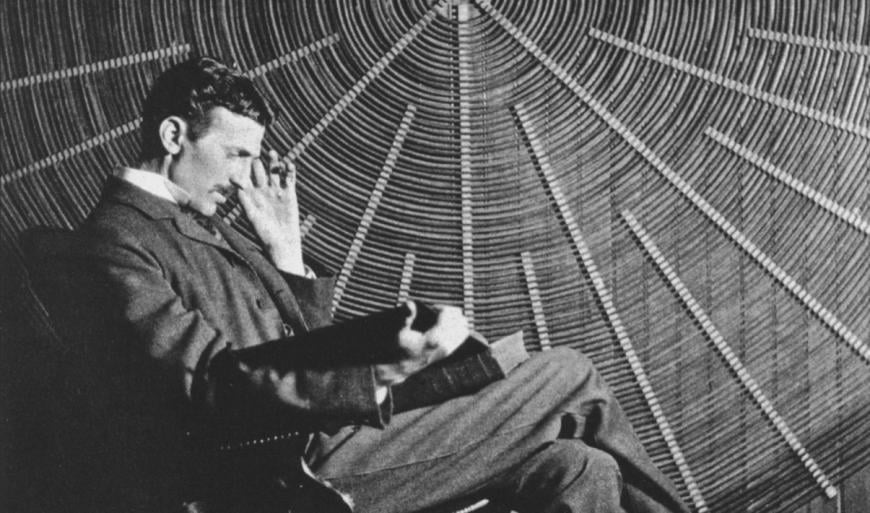
Most of what you read about Nikola Tesla seems unbelievable. The ingenious Serbian inventor revolutionized the fields of science and electrical engineering and catapulted to fame before crashing into financial ruin and alleged insanity. The name Tesla is now synonymous with futurism and innovation (and cars), and his abundant eccentricities included reclusiveness, an aversion to yellow, and an obsession with pigeons. The man walked and talked like a myth. But what was he like on a human level?
“Tesla’s life was half miracle, half wreckage. His greatest mystery is, what made him tick?” says composer Phil Kline. In collaboration with filmmaker Jim Jarmusch, Kline is exploring these questions through a new multimedia opera, The Lives and Dreams of Nikola Tesla as summoned by the Honorable Spirits of the Grand Gotham Hotel. With Experiments in Opera, the creators are workshopping an early version of the piece on April 15 as part of the Works & Process series at New York’s Guggenheim Museum.
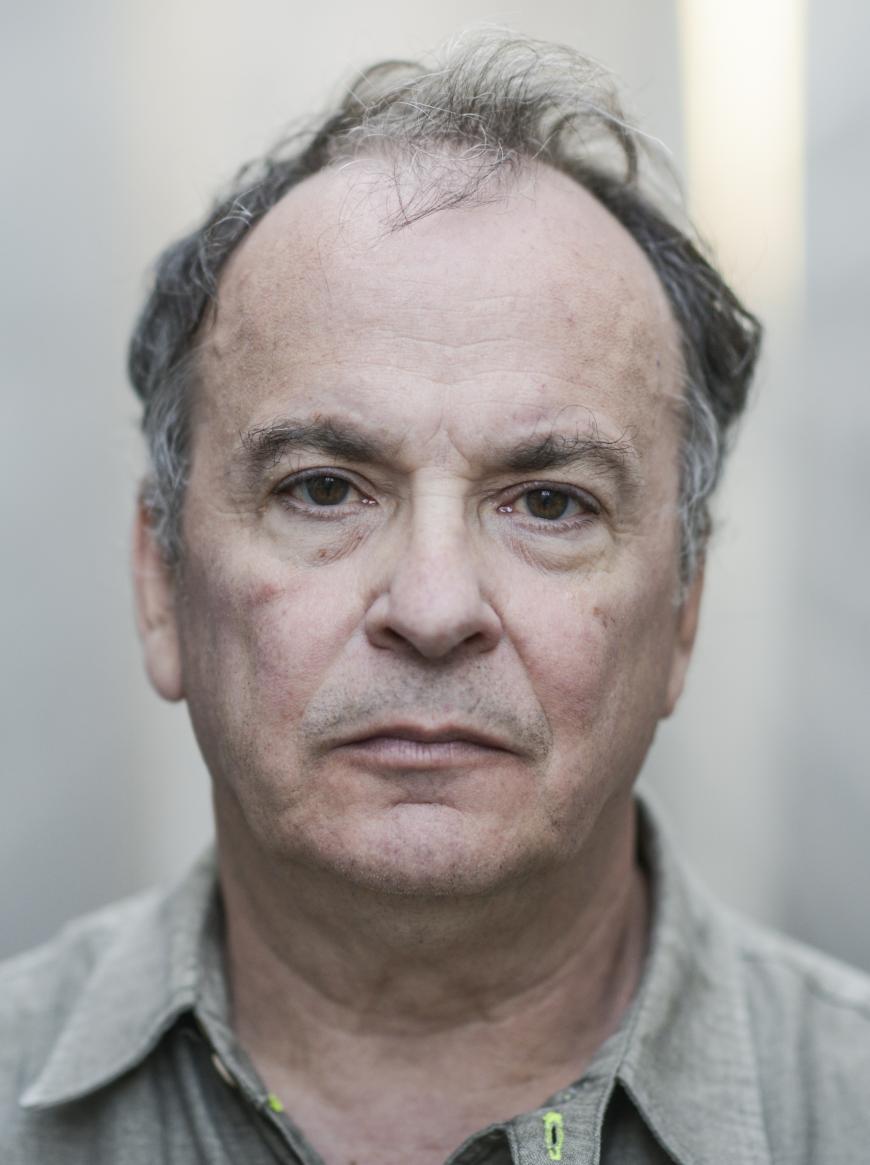
Kline is no stranger to enigmatic characters — he wrote a song cycle about gonzo journalist Hunter S. Thompson — and finds that their outsized stories aren’t conducive to chronological narrative. Tesla unfolds in nonlinear scenes with emotional music that’s performed by vocalists and a small chamber orchestra, accompanied by radio drones. Short film interludes by Jarmusch and Deco Dawson connect the vignettes, mixing aspects of musical theater, blackouts, spectacle, and absurdity.
Kline and Jarmusch are longtime collaborators — starting from their early ’80s post-punk band the Del-Byzanteens — and eclectic artists steeped in the downtown Manhattan scene. Kline, best known for the enduring Christmas spectacle Unsilent Night, is as comfortable scoring for boom boxes and ambient electronics as he is for solo piano or string ensemble. Jarmusch performs with the “enthusiastically marginal” rock band SQÜRL and has created and directed such acclaimed independent films as Stranger Than Paradise (1984) and Only Lovers Left Alive (2013), a vampire film with Tilda Swinton.
Kline and Jarmusch have tinkered with Tesla for years, accommodating Jarmusch’s filming schedule, and presented early versions at Dartmouth and at Brooklyn’s Roulette. With the current iteration, it expands: “Most of this is new,” Kline says. “It’s completely rethought, much bigger.” Kline loves to set found texts and does so with incisiveness and not a little wry humor — for example, his Zippo, Rumsfeld, and Florida Man songs. He assembled the Tesla texts from various historical sources — things the characters said in quotes, interviews, or writings.
The opera is set at the end of the world in the Grand Gotham Hotel, a dramatic pseudonym for the iconic hotel The New Yorker, where real-life Tesla spent the last solitary decade of his life. A small group is gathered in the dark for a seance and decides to conjure former resident Tesla. “He leads them through the past and into the future,” Kline says, and they each channel a character connected to Tesla in a myriad of ways.
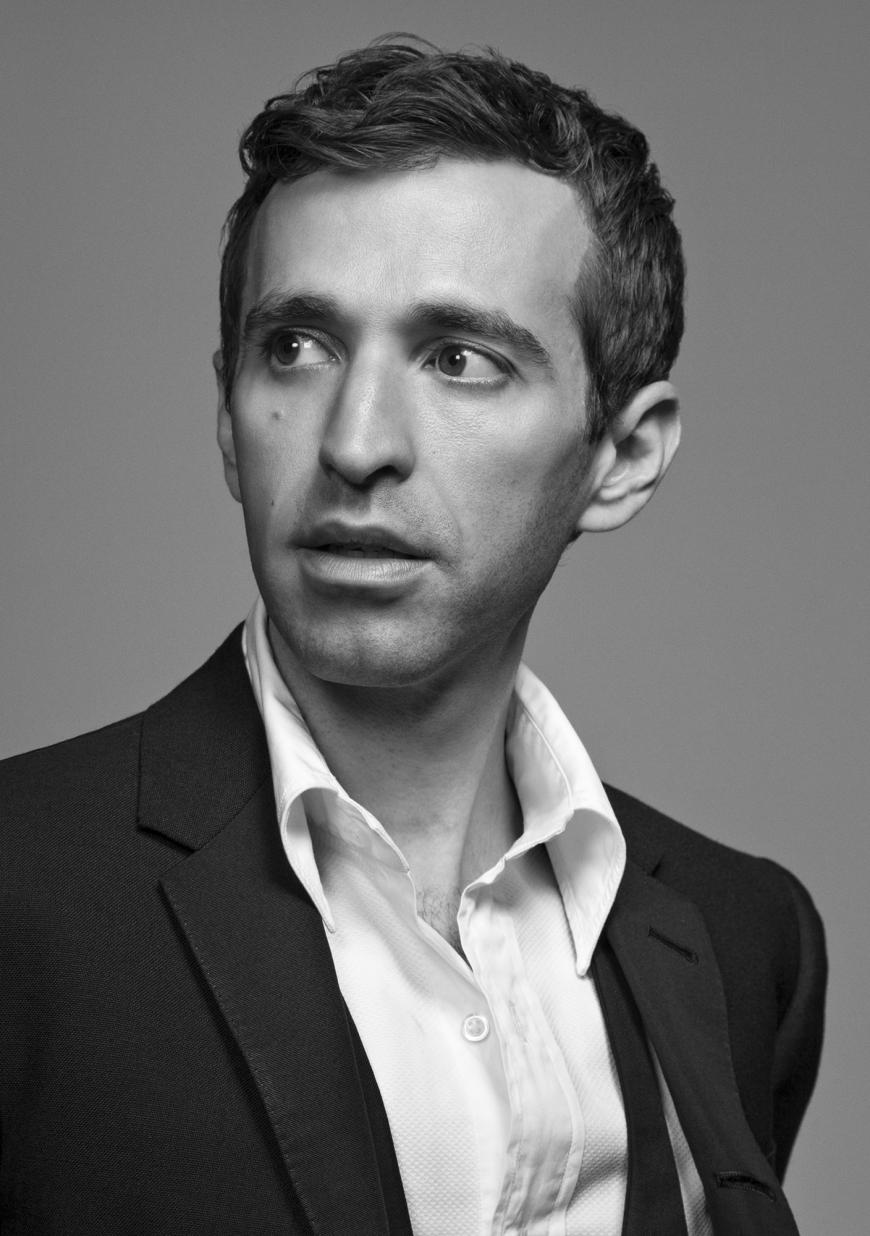
Countertenor Anthony Roth Costanzo — whose schedule this year includes his Paris Opera debut and the leading role in Christoph Willibald Gluck’s Orpheus and Eurydice at the Metropolitan Opera — will sing the part of Tesla. He, too, is excited to “put humanity into this myth and see who [Tesla] might be. We are seeing him through the haze of time, and there’s a softness to him I find interesting.” Costanzo notes Kline’s use of sustained notes for voice throughout the piece and their ability to portray a character’s essence. “There’s something about sustained notes that allows you to hear somebody’s true voice and the purest sense of that character and person. Part of you escapes into the voice.”
Costanzo also looks forward to exploring Tesla from the perspective of a countertenor. “Countertenors often play gods and monsters — strange characters, which makes sense because it’s a strange voice, in a wonderful way. But now we’re trying to convey a normal person, or an extraordinary person as a normal person. Phil leans into that human aspect, an exciting frontier for a countertenor.” Costanzo also appreciates the direct, evocative nature of Tesla’s texts: “the best kind for singing.”
Other characters are key people from Tesla’s life. Thomas Edison, with whom Tesla had a notoriously complex relationship, is an essential presence. Tesla worked in Edison’s employ, but the two men competed in various ways, mostly notably in the “war of the currents.” This bitter, high-profile battle centered on the adoption of either Edison’s direct current (DC) or Tesla’s alternating current (AC), with the latter ultimately prevailing and forever shaping the transmission of electricity. Tesla went on to invent the induction motor, which ran on AC. “That sparked the whole Second Industrial Revolution,” Kline says. “That is enough to make him one of the most important inventors who’s ever lived.”
Edison, who lost his hearing young, remarks in one of his character’s excerpts that “I have not heard a bird sing since I was 12.” Kline incorporated birdsong into the collage of sounds that accompanies Edison’s role.
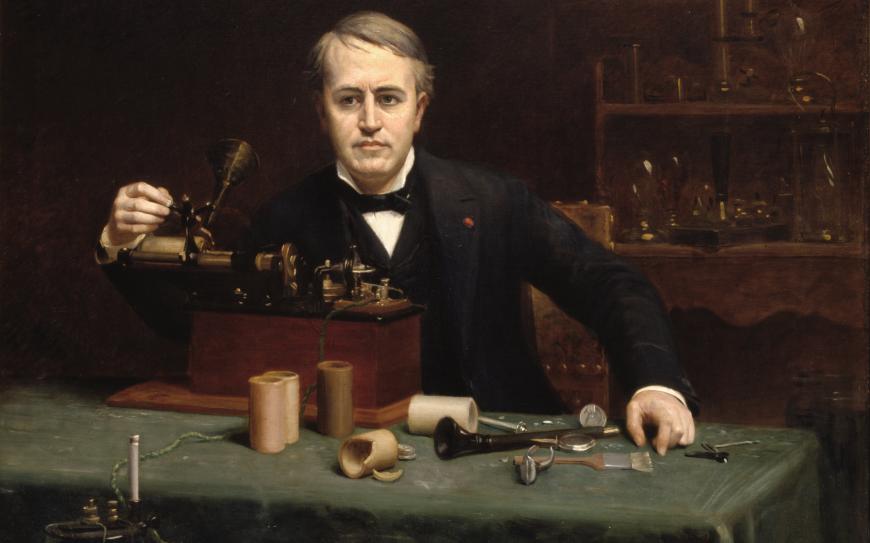
“I thought it would be cool to have some odd, slow piano playing from an Edison cylinder [the phonograph, which Edison invented],” Kline adds. He searched exhaustively and found only rag and other boisterous sounds before discovering an archival recording purported to be Edison himself playing the piano. “It sounds like half-remembered bits of Chopin or Schubert. It’s kind of disjointed and wayward” — and curiously reflective of Edison’s personality, Kline says. “He was a man of very few words, a strange guy.”
J.P. Morgan, Tesla’s sometime financier, also makes an appearance, as does Katharine Johnson, a socialite with whom Tesla exchanged rapturous letters, though there is no evidence of an actual affair. “It makes it all the more poignant and weirder because their correspondence is very flowery, full of poetic machinations,” Kline says. Johnson’s husband, the writer and poet Robert Underwood Johnson (whose poem “The Housatonic at Stockbridge” Charles Ives set to music), has a role, as well as a young Tesla, who opines that his cat, with its staticky fur, has taught him about electricity.
A less directly related voice connects to one of Tesla’s greatest triumphs — beating Edison in the contract bid to light the 1893 World’s Columbian Exposition in Chicago. The fair featured a giant stucco statuary dubbed the White City, and the job was to use electricity in an unthinkable feat: lighting the entire scene at once, with millions of spectators looking on.
The White City exhibit featured performers such as Sissieretta Jones, an internationally lauded soprano who just the year before had become the first African American to perform at Carnegie Hall. She appears in Tesla singing a poem by Claude McKay, a brilliant Harlem Renaissance poet. Its title, curiously enough, is “White City,” and while not directly related to the exposition, it conveys a sense of disillusionment with societal injustices — a sentiment not lost on any Black artist at that time.
Kline has also leaned into Tesla’s mysticism and compulsive obsession with numbers, in particular the number three. The number of words in the opera’s title is divisible by three (go ahead, count them); the number of bars, as well as the tempo marking, for every musical number is, too. “The whole piece is a division of three. If we end up with 32 scenes, I’ll just add one,” Kline says.
This is another manifestation of the work’s many connections and layers. “Every part echoes or predicts the whole,” Kline says. He cites the uncanny links that have emerged throughout Tesla’s development, including McKay’s poem and Edison’s prescient recording. Kline also sought the location of Tesla’s lab in New York. He discovered it was on Goerck Street, which no longer exists but is mere steps from the composer’s home. “These things just keep happening. We’re all going to be insane by the time we’re done. I don’t want this project to ever stop.”
Tesla, who was himself deeply spiritual, said that “though free to think and act, we are held together, like the stars in the firmament, with ties inseparable. These ties cannot be seen, but we can feel them.” Kline is still working out the opera’s ending, but rather than answer any questions about Tesla, he wants audiences to “take [the character] as he is. Tesla is an amazing person to be in the middle of. This has the sense of being a little child and looking way up into the sky — right down to your soul, but it’s not saying anything. It’s a mysterious beauty.”


